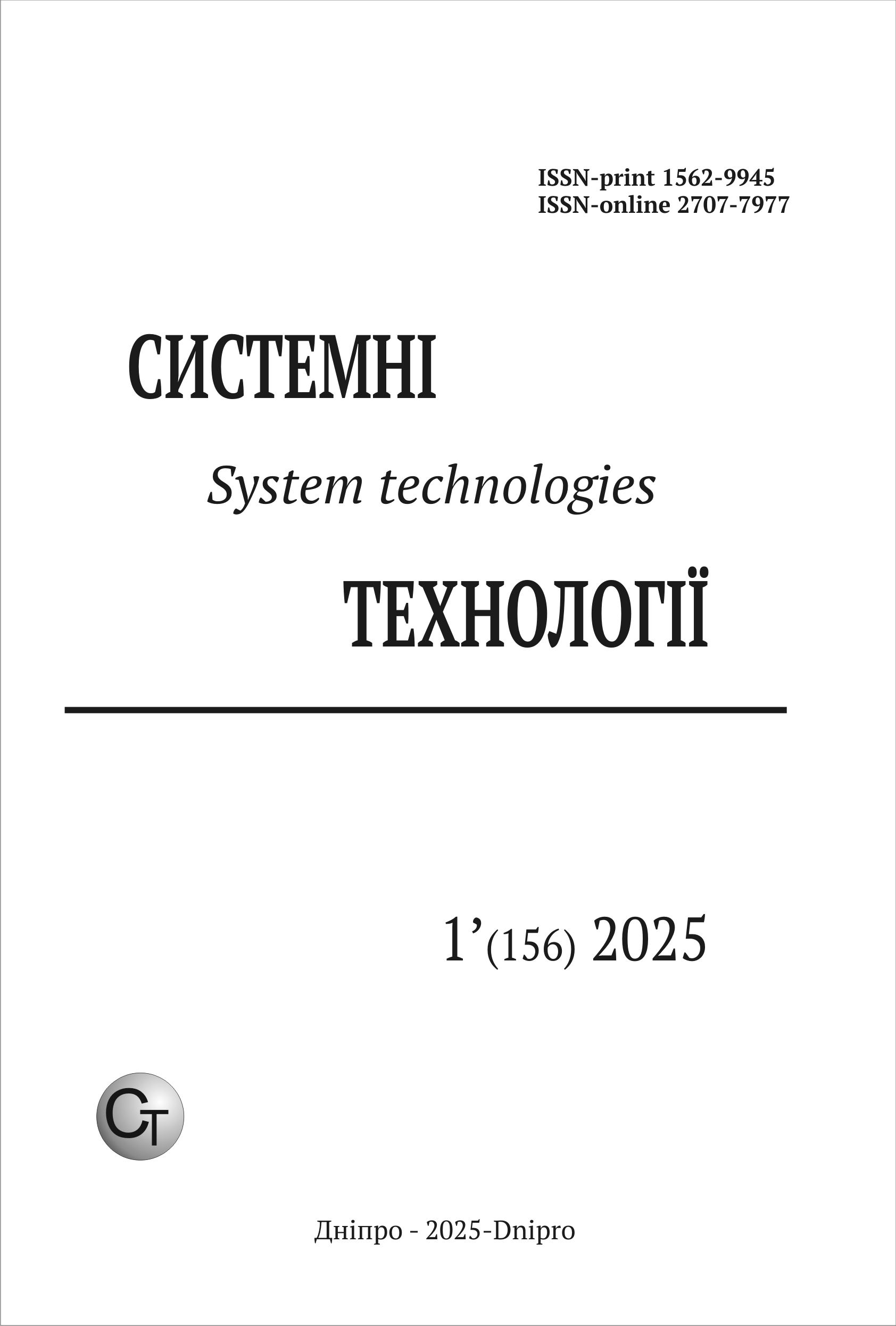Development of a complex model of heat supply of a house based on a heat pump in the Simulink environment
DOI:
https://doi.org/10.34185/1562-9945-1-156-2025-14Keywords:
heat pump unit, heat supply system, dynamic mode, Simulink, neural model.Abstract
The article presents a dynamic model of a house heat supply system based on a heat pump unit (HPU) developed in the MATLAB Simulink environment using Simscape blocks to model thermal processes. The relevance of the study is emphasized by the need to reduce fos-sil fuel consumption, which has increased the demand for energy-efficient technologies and systems based on renewable energy sources. Optimizing such systems is critical in the context of global efforts to improve building energy efficiency. The model considers the structural features of the house, including the materials of the enclosing structures and their thermal characteristics. The dynamics of external factors such as ambient temperature and solar activity are also taken into account. Hourly weather and climate data for the city of Kyiv, used in the model, allow for the study of the operating modes of the heat supply system, taking into account external factors affecting the thermal regime of the building. Special attention is paid to the interaction between the heat pump unit model and the heating system and house models. The heat pump unit model is implemented based on an LSTM neural network, significantly reducing the time required for simulating the operation mode of the heat pump. The model allows for the investigation of dynamic operating modes and comparative analysis of different types of control systems (PID controller, model predic-tive control, etc.). The research demonstrates that using such algorithms optimizes the operation of the heat pump unit, reducing energy consumption without compromising indoor comfort. Fur-thermore, model validation was carried out by comparing simulation results with quasi-steady-state calculations according to national standards, confirming its sufficient accuracy. The results of the study can be used for the further development of control systems for building heat supply using heat pumps and for the exploration of different energy manage-ment strategies, particularly in the context of improving energy efficiency.
References
Singh, S., Sørensen, K. (2018). Dynamic model of a heat pump based house heating sys-tem. Proceedings of The 59th Conference on Simulation and Modelling (SIMS 59). https://doi.org/10.3384/ecp1815387
Thermal modelling of the building and its HVAC system using Matlab/Simulink. (2020). International Journal of Sustainable Energy.
Modelling and Simulation of Underfloor Heating System Supplied from a Heat Pump. (2021). Energy Reports.
Fuzzy Logic Control for House Heating System in Simulink. (2022). Journal of Control and Automation Systems.
Modelling of Heating Systems: Using Simulink for Dynamic Simulations. (2020). Building Services Engineering Research and Technology.
Simulink Modeling of a Residential Heat Pump System. (2021). Journal of Building Per-formance.
MATLAB/Simulink Model of Ground Source Heat Pump. (2020). Renewable Energy and Environmental Sustainability.
Heat Pump with Simultaneous Heating and Cooling Simulation in MATLAB. (2020). En-ergy and Buildings.
MathWorks. (2022). Simulink, Version R2022b. Natick, Massachusetts: The MathWorks Inc. Available at: https://www.mathworks.com/products/simulink.html. Accessed: 24.08.2024.
ASHRAE. (2020). International Weather for Energy Calculations (IWEC). American So-ciety of Heating, Refrigerating and Air-Conditioning Engineers. Retrieved from https://www.ashrae.org.
Ministry of Regional Development of Ukraine. (2015). DSTU B A.2.2-12:2015. Climate data for heat and energy calculations of buildings. Kyiv: Ministry of Regional Development, Construction, and Housing of Ukraine.
Greff, K., Srivastava, R. K., Koutník, J., Steunebrink, B. R., Schmidhuber, J. (2017). LSTM: A search space odyssey. IEEE Transactions on Neural Networks and Learning Sys-tems, 28(10), 2222-2232. https://doi.org/10.1109/TNNLS.2016.2582924
Voloshchuk, V. A., Shyndyliuk, P. V., Nekrashevych, O. V., Bohza, M. S., Hikalov, P. V. (2023). Doslidzhennya dynamichnykh kharakterystyk teplonasosnoyi ustanovky typu «pov-itrya-voda» [Research of the dynamic characteristics of an air-to-water heat pump system]. Vcheni zapysky TNU imeni V. I. Vernadsʹkoho. Seriya: Tekhnichni nauky, 34(73), 36-44. https://doi.org/10.32782/2663-5941/2023.3.2/07
Voloshchuk, V. A., Shyndyliuk, P. V., Nekrashevych, O. V., Bohza, M. S., & Hikalov, P. V. (2023). Doslidzhennya dynamichnykh kharakterystyk teplonasosnoyi ustanovky typu «vo-da-voda» [Research of the dynamic characteristics of a water-to-water heat pump system]. Vcheni zapysky TNU imeni V. I. Vernadsʹkoho. Seriya: Tekhnichni nauky, 34(2), 36-44. https://doi.org/10.32782/2663-5941/2023.3.2/07
Bohza, M. S., & Voloshchuk, V. A. (2024). Zastosuvannya metodiv mashynnoho navchannya u zadachakh modelyuvannya dynamiky teplonasosnykh ustanovok [Application of machine learning methods in modeling the dynamics of heat pump systems]. Vcheni zapy-sky TNU imeni V. I. Vernadsʹkoho. Seriya: Tekhnichni nauky, 35(4), 52-58. https://doi.org/10.32782/2663-5941/2024.4/09
Astrom, K. J., & Murray, R. M. (2010). Feedback systems: An introduction for scientists and engineers (2nd ed.). Princeton University Press. https://doi.org/10.1515/9781400835355
Downloads
Published
Issue
Section
License
Copyright (c) 2025 System technologies

This work is licensed under a Creative Commons Attribution 4.0 International License.















